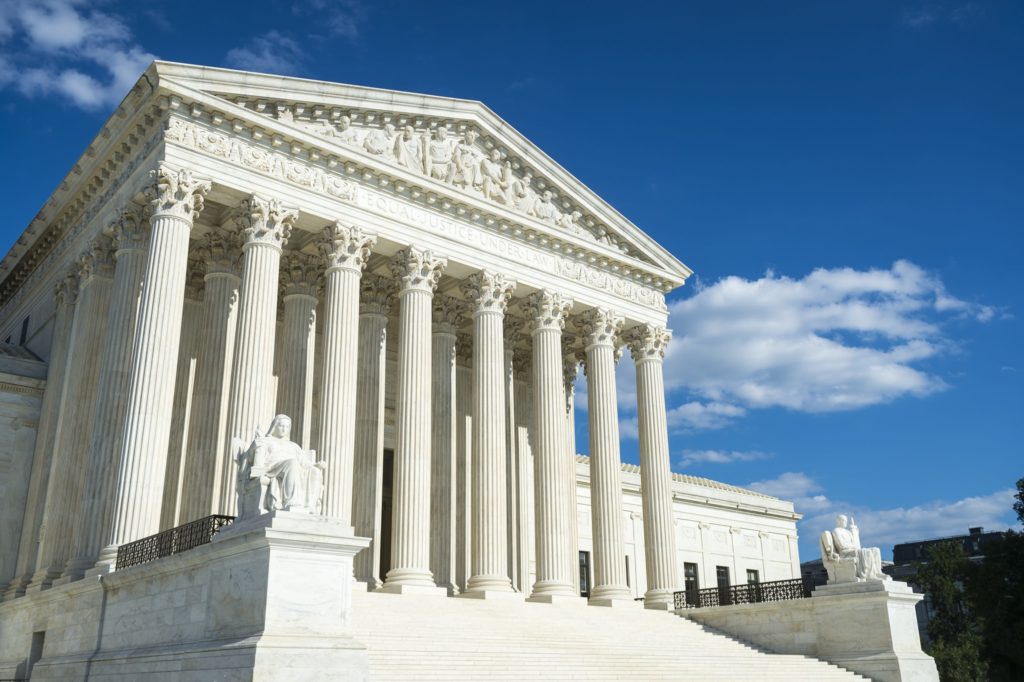Will we carve ‘safe spaces’ out of free speech?
Public college campuses strive to have plenty of safe spaces for students. That’s just a fact. If students aren’t safe, schools won’t be successful for very long.
But recent calls for “safe spaces” at colleges and universities seem to be different demands entirely.
So what exactly are students at schools like Claremont McKenna, Missouri, Yale and even the University of Alabama demanding?
Safe zones aren’t, or at least shouldn’t be, about physical safety or preventing illegal conduct. When it comes to issues of breaking and entering or assault, as recently alleged by University of Alabama Senior Amanda Bennett, “safe zones” aren’t enough. Those acts are criminal and should be combated by universities and law enforcement wherever they occur. The laws that protect us aren’t limited to physical violence either. We already have statutes to prevent intimidation and harassment.
So let’s assume we’re not talking about letting criminal conduct go unpunished everywhere outside the requested “safe spaces.”
Then certainly it must have something to do with the right to gather publicly?
Congregating with people who share the same interest and values is common. We do that frequently in both public and private. Just take a look at every college football tailgate on a Saturday in the South. Nobody is arguing—at all—that any group of people should be prevented from assembling in public.
The truth is that the present formulation of “safe zones” is meaningless unless they effectively operate as “exclusion zones” for certain individuals, speech or conduct. Recently we’ve seen efforts to create public safe spaces from media, other viewpoints and even along racial lines.
That’s simply unacceptable.
Designating specific areas on public college campuses where speech content or association is restrained is antithetical to our founding principles and likely unconstitutional—not to mention a terrible idea. The same civil liberties that protect students speaking truth to power must be afforded to those who question the protesters themselves.
Regardless of color, creed, identity or orientation, we don’t afford public protection for feelings and self-esteem, and we shouldn’t.
Before you lose it, the operative word there is “public.” In private—our homes or dorm rooms for example—we can control the voices and conduct we choose to engage. We can be as limiting or as open as we choose. If someone forces his or her way in, we’re back to illegal conduct.
In contrast, our nation has seen the danger and harm of public exclusion zones. “White only,” “no Jews,” or “men only” signs weren’t terribly hard to find throughout much of American history. Do we really want to usher in a new era of public exclusion zones under different names at universities?
We shouldn’t paint with broad strokes when it comes to what kinds of people and ideas are permitted in which public spaces. Even when we don’t like the words or presence of others in public, the benefits of free speech and association far outweigh the harms stemming from their abuse.
Universities across the nation have a choice to make: Will they reject the lines that divide us or embrace them through public exclusions under the guise of “safe spaces?”








